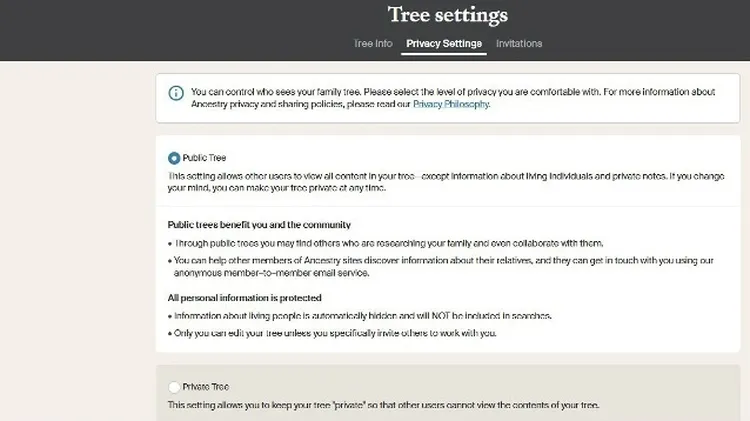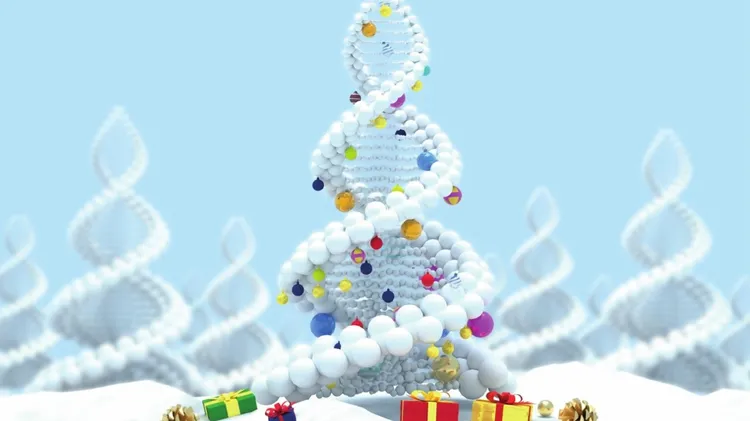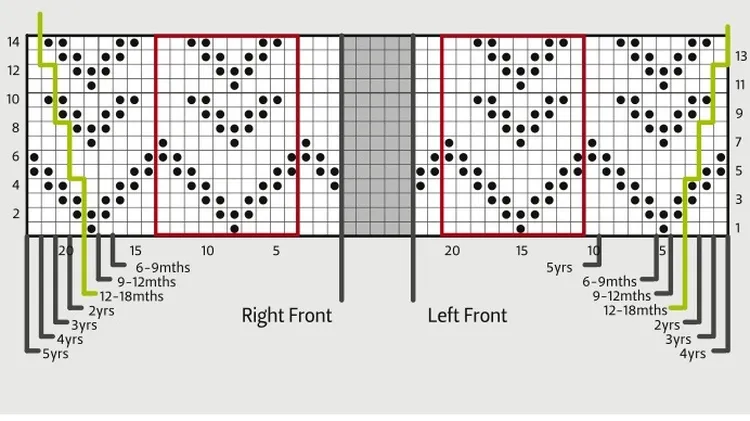There’s nothing like a family tree chart for visualising your
Pull -out & keep bow-tie chart
2 min read
This article is from...
Read this article and 8000+ more magazines and newspapers on Readly






